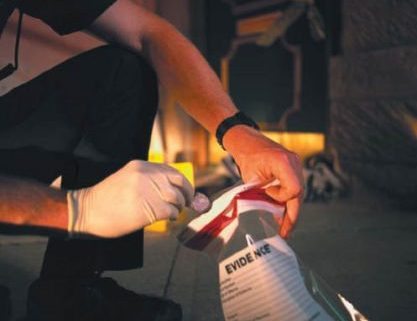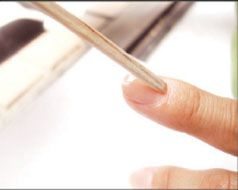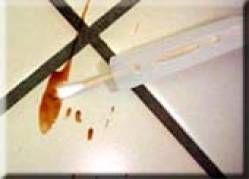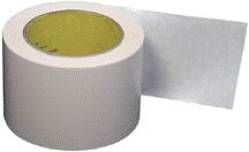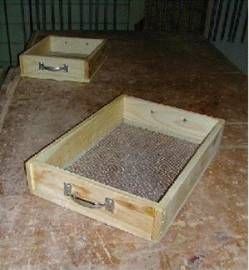Murder: Locating The Smallest Of Clues
Sure, anybody can pick up a bullet casing and toss it into a plastic bag. But what about the tricky, hard to find evidence? What do the pros use to collect that stuff?
Self-saturating foam swabs are ideal for the collection of trace DNA, such as shed skin cells. The investigator breaks the isopropanol-filled handle by giving it a squeeze, which causes the foam tip to become saturated with the 91% isopropanol solution. The foam tip is then wiped across the target surface to collect the DNA evidence.
Cuticle sticks for retrieving evidence from the cuticles and other hard-to-reach places.
Swab Shields provide a physical barrier that protects against evidence contamination, mixing with other samples, and they prevent transferring your sample to another surface.
Trace evidence tape is a great tool for locating and picking up items such as, hair, glass particles, and fibers. Simply touch the “sticky side” of the tape to a surface and then lift. Any item on that surface will cling to the tape. To remove the item/evidence place the tape in water (the adhesive is water soluble), then pour the water through a filter. Your evidence can then be retrieved from the filter.
Tacky MatTM is used to collect trace evidence from the bottom of shoes. Have your suspect step on one and you’ve just collected samples from places he’s walked. The Mat can also be placed at the entrance of a crime scene to remove items from the bottoms of officer’s shoes to prevent contaminating the scene with foreign material.
Hand sifters are used to screen out dirt and debris, leaving behind bone fragments and/or other small evidence (shirt buttons, teeth, etc.).
* * *
Registration is open for the 2011 Writers’ Police Academy!

